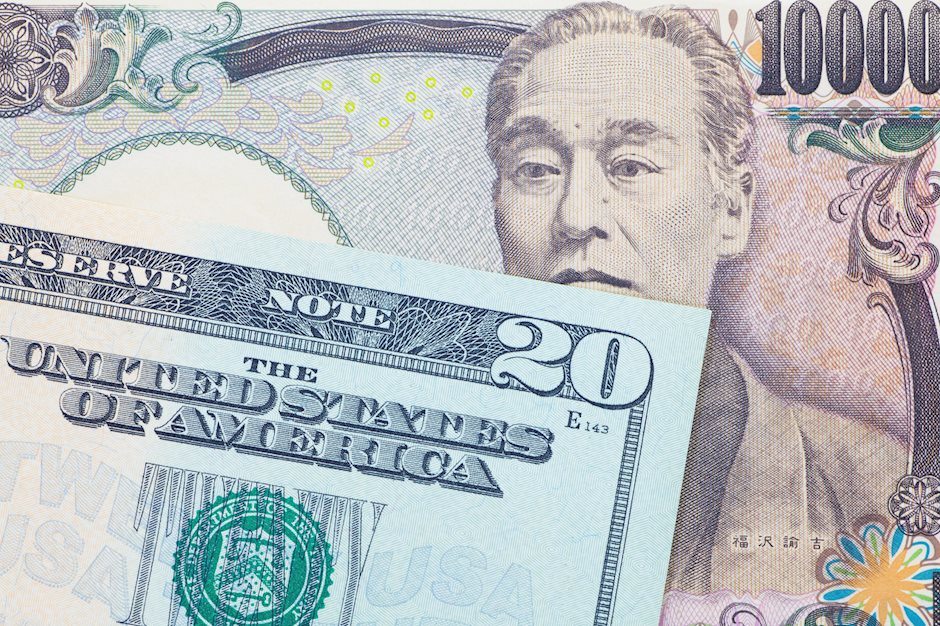USD/JPY: The exchange rate of the currency pair may rise to 148.09

The structure of the USDJPY currency shows the formation of a global impulse trend, which consists of cycle waves.
On the current chart, we see how the price rises in a cycle wave V.
Wave V, apparently, takes the form of a 5-wave impulse ①-②-③-④-⑤ of the primary degree. In the specified pulse, the first four parts look completed.
Currently, we assume the construction of the primary fifth wave, which takes the form of an intermediate impulse. The price in the final primary wave ⑤ may rise to 148.09.
At that price level, wave V will be at 200% of previous cycle impulse III.
An alternative scenario shows that the entire cycle wave V has already completely ended in the form of a primary impulse.
Thus, in the next coming trading weeks, we can expect a fall in the exchange rate and the formation of a new bearish trend.
In the short term we may see the formation of bearish impulse, which will consist of primary sub-waves ① -② -③ -④ -⑤, as shown on the chart, where the first two small sub-waves ① - ② have already been built.
The upcoming decline may reach the area of 130.43, that is, the previous minimum of fluctuations, and then even lower.
Author

Jing Ren
Orbex
Jing-Ren has extensive experience in currency and commodities trading. He began his career in metal sales and trading at Societe Generale in London.
-637991678534895942.png&w=1536&q=95)
-637991679362934036.png&w=1536&q=95)

















